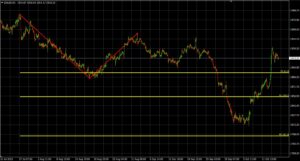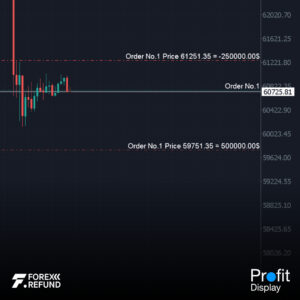What is CB Consumer Confidence?
It is an economic indicator used to measure consumers’ attitudes and outlook regarding the overall state of the economy and their personal financial situation. This is based on a survey of a random sample of approximately 3,000 households, which typically asks questions about their current financial condition, future expectations, and willingness to spend money on various things.
Who conducts the CB Consumer Confidence survey?
The CB Consumer Confidence survey is conducted by the Conference Board (CB), a nonprofit business research organization. It is one of the main institutions that publishes the consumer confidence index in the United States. This index is widely followed by economists, policymakers, investors, and the business sector because it provides valuable insights into consumer spending patterns, which are a significant part of economic activity.
The CB Consumer Confidence news is quite similar to the Prelim UoM Consumer Sentiment report surveyed by the University of Michigan. For traders who are interested in studying the Prelim UoM Consumer Sentiment news, I have a simple and easy-to-understand summary article available at this link. In this article, I will explain the basic differences between the two indicators, highlighting their similarities and slight differences. Let’s take a look!
Survey team
CB Consumer Confidence: United States Economic Research Institute
Prelim UoM Consumer Sentiment: University of Michigan, United States
Survey questions
CB Consumer Confidence: The survey typically asks questions about consumers’ views on the current economic situation and their expectations for the future, covering topics such as current business conditions, employment, and income expectations.
Prelim UoM Consumer Sentiment: This measures consumers’ attitudes and expectations as well, but may have slightly different focuses or sets of questions compared to the CB survey. It often includes questions about personal finances, inflation expectations, and purchasing conditions.
Target group
CB Consumer Confidence: Surveys approximately 3,000 households across the United States.
Prelim UoM Consumer Sentiment: Surveys approximately 500 consumers across the United States.
Historical relevance
Both indicators have a long history of being used by economists, policymakers, investors, and businesses to assess consumer confidence and its impact on economic activity. They are considered leading indicators of consumer spending behavior and overall economic health.
Now that we can see some differences, let’s take a look at the CB Consumer Confidence index numbers to understand what they mean. An index value of 100 indicates that consumers are neutral about the economy. Values above 100 mean consumer sentiment is optimistic, while values below 100 indicate pessimism.






